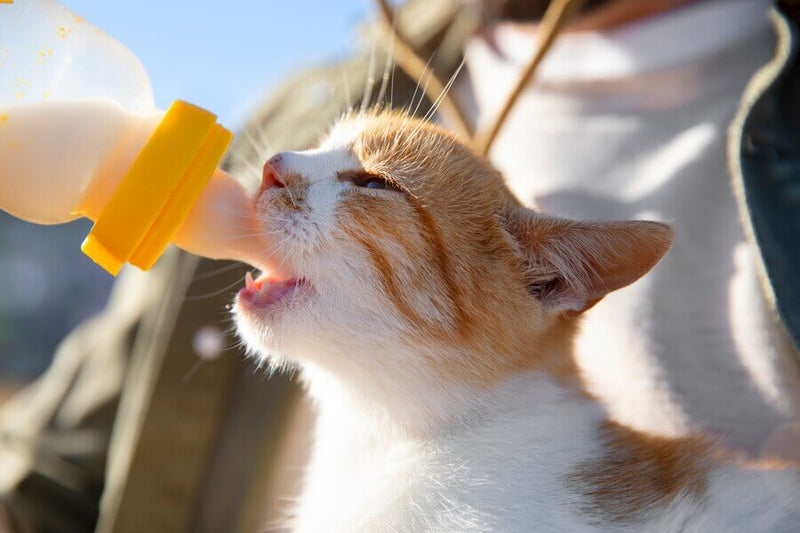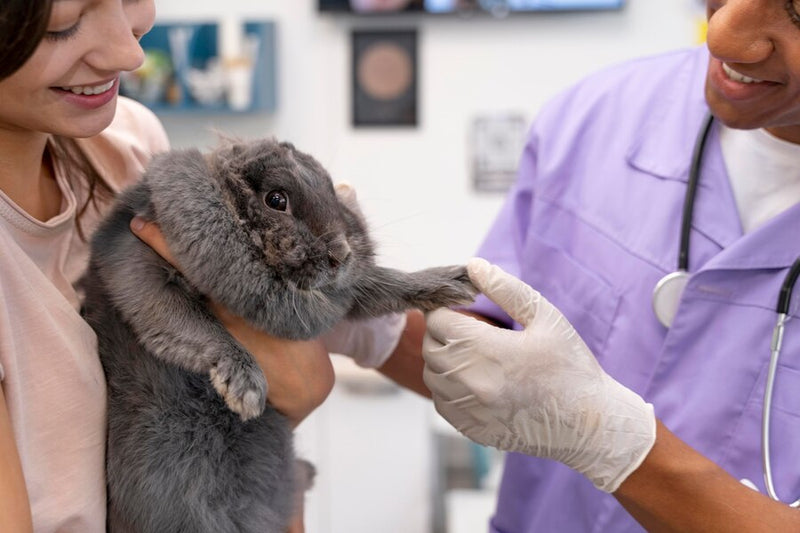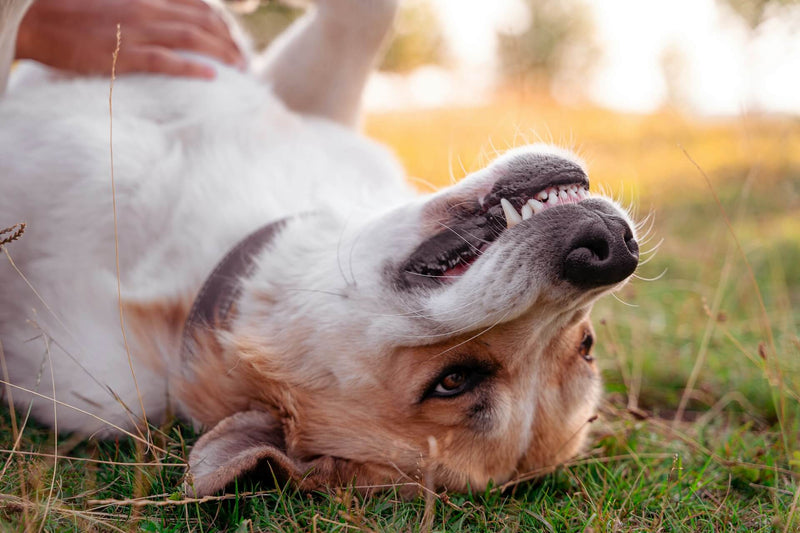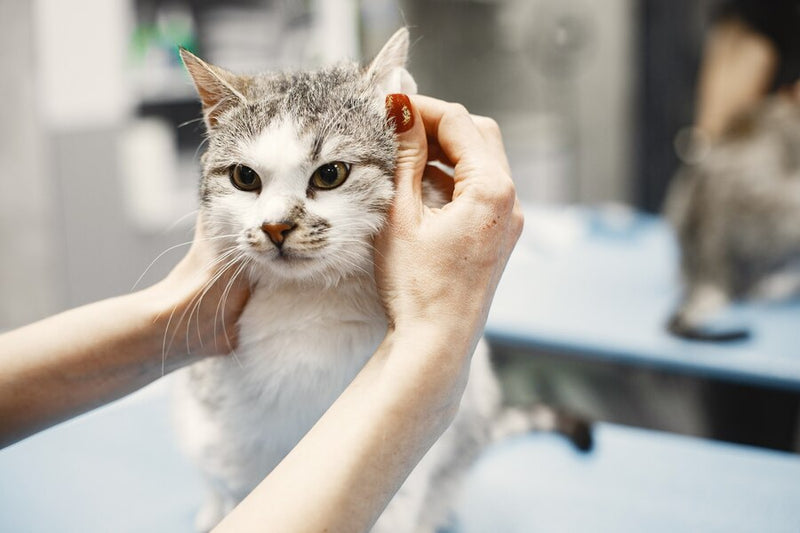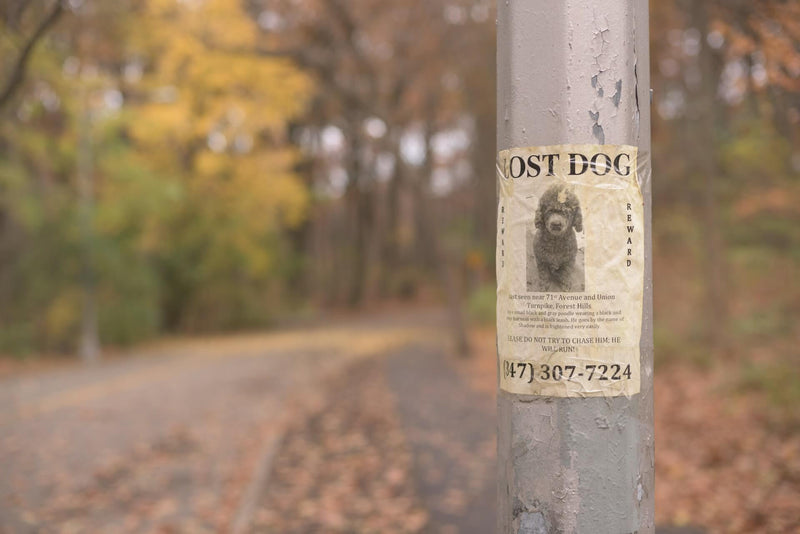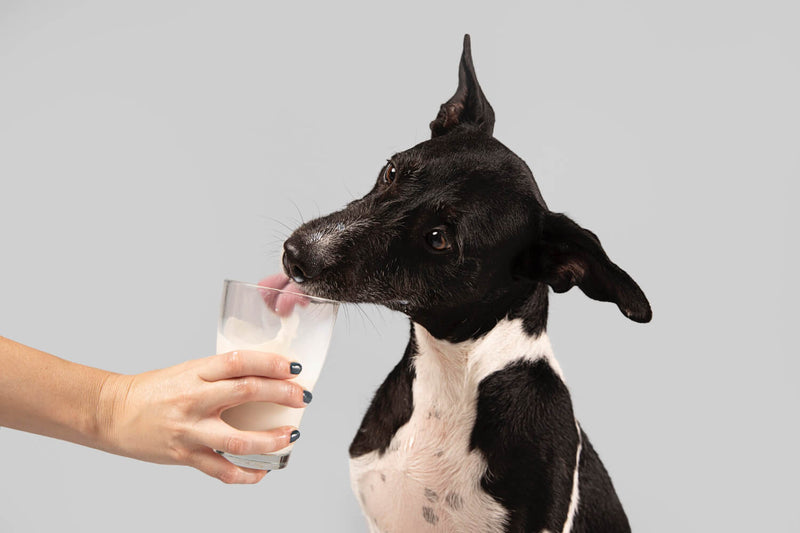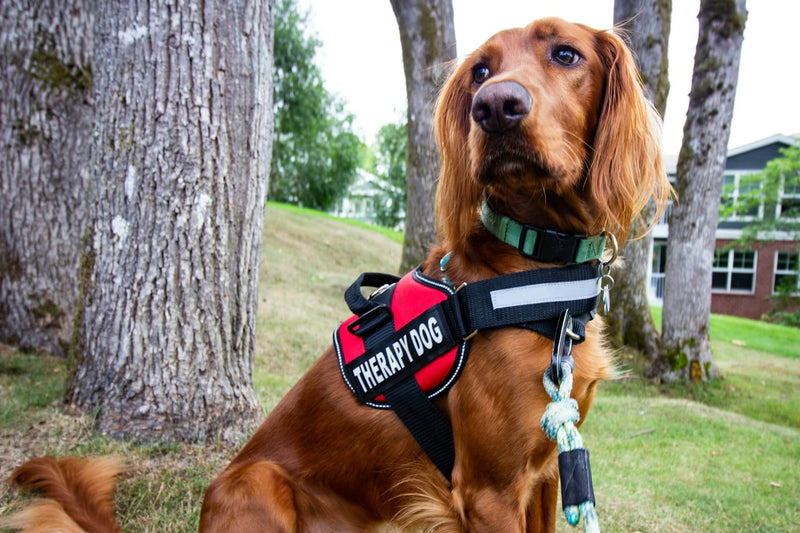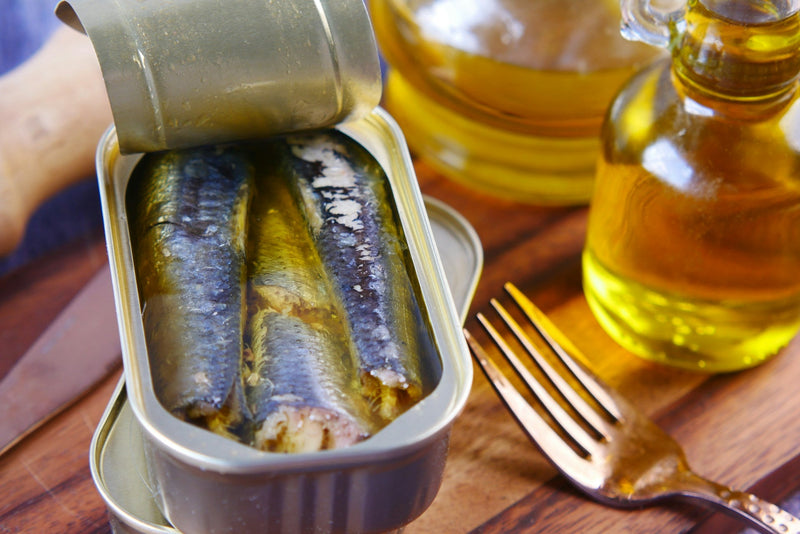
Welcome to Gritty Pet Co.
Your Canadian, specialty Pet Health & Wellness destination. 🇨🇦

Vet Reviewed & Approved
Dr. Ibrar A. is our veterinarian and a key member of our team. ✅
How to Remove Dog Tear Stains, those reddish-brown marks that often adorn the faces of our furry friends, are a common concern among pet owners.
Understanding how to effectively remove these stains involves a blend of breed-specific advice, a deep dive into the causes behind the stains, and a variety of solutions and preventative measures.
This article aims to arm you with the knowledge to tackle tear stains head-on, ensuring your dog not only looks their best but is also healthy and happy.
Key Takeaways
Breed and Diet Matter: Certain breeds, especially those with short snouts like Maltese and Shih Tzus, are more prone to tear stains. A high-quality, grain-free diet is recommended to prevent these stains, as poor-quality food can exacerbate the issue. Regularly using purified or distilled water instead of tap water can also reduce stain severity by minimizing excess minerals.
Daily Grooming is Essential: Regular grooming, including daily eye and mouth-hair hygiene, plays a crucial role in managing tear stains. Utilizing canine eye-wash solutions or wipes to clean the area gently and keeping the hair around the eyes trimmed can significantly reduce the risk of staining. Products like diluted baby shampoo or saline solution are safe for cleaning around the eyes, but always consult your vet before trying new products.
Underlying Health Issues: While tear stains can be a cosmetic issue, they may also indicate underlying health conditions such as eye infections, anatomical abnormalities, or in some cases, something serious. If you are concerned over a period of time its recommended to consult with a veterinarian if you notice changes in tear staining patterns, especially if accompanied by symptoms like redness, itching, or discomfort. Diagnosing and treating any underlying issues is key to effectively managing tear stains.
How to Remove Dog Tear Stains: Understanding the Causes of Dog Tear Stains
Tear stains are primarily caused by porphyrins, iron-containing molecules that are a byproduct of the breakdown of red blood cells. These molecules are excreted through tears, saliva, and urine which is why markings similar to tear stains can be found around the mouth and genitals of many breeds of dogs, or on areas that are prone to licking, like paw pads. When excessive tearing occurs, the porphyrins in the tears or other bodily fluids stain the fur.
Factors contributing to excessive tearing include:
- Blocked tear ducts
- Eye infections
- Anatomical abnormalities
- Diet
- And the breed-specific facial structure
Certain breeds, especially those with shorter snouts like Bulldogs, Maltese, Poodles, and Shih Tzus, are more prone to tear stains due to their unique facial structures which can disrupt normal tear drainage.
Breed-Specific Advice for Removing Tear Stains
Addressing tear stains effectively requires considering your dog's breed and its specific needs. For instance, breeds with white or light-colored fur, such as Bichons Frises, may need more frequent cleaning to prevent the noticeable buildup of reddish-brown stains. On the other hand, brachycephalic breeds might benefit from more regular veterinary check-ups to ensure their facial structure isn't exacerbating the issue.
Solutions and Preventative Measures
The key to removing and preventing dog tear stains lies in a multi-faceted approach that includes both home care and professional veterinary advice.

Regular Cleaning
A cornerstone of managing tear stains is maintaining a regular cleaning routine. Use over-the-counter eye wipes or washes designed specifically for pets to gently clean the stained area. For more natural solutions, a mixture of heavily diluted apple cider vinegar can be effective, but always ensure any home remedy is vet-approved before use.
Dietary Adjustments
What your dog eats can influence tear staining. Opting for high-quality, grain-free dog food can make a difference, especially for breeds predisposed to tear stains. Some experts also recommend avoiding foods high in iron to reduce porphyrin production.
Professional Grooming and Veterinary Care
Keeping your dog's facial hair trimmed can help reduce the accumulation of tears and thus, the potential for staining. Additionally, regular check-ups with your vet can identify and treat any underlying health issues contributing to excessive tearing.
Clean Water
Switching your dog to filtered water can help reduce tear stains by minimizing the minerals and impurities that could contribute to staining.
The Role of Genetics and Health

It's important to acknowledge that some dogs may be more genetically predisposed to tear stains than others. Regular veterinary visits can help manage any underlying conditions that may be causing excessive tear production, such as allergies or eye infections.
Tailored Solutions for Your Dog
No single solution fits all when it comes to removing dog tear stains. What works for one dog might not work for another, even within the same breed. It's crucial to experiment under veterinary guidance to find the most effective method for your pet.
Top Selling Products
For pet owners seeking effective solutions for dog tear stains, these top-selling products on Amazon offer unique benefits. From gentle wipes designed for sensitive eyes to natural ingredient formulas safe for puppies, each product provides a tailored approach to keeping your furry friend's face clean and stain-free.
Ensure you always wipe outward from your dog's eye, being cautious not to let the cleanser enter their eye. Use cotton balls or soft wipes for application. It's crucial to consult with your vet before introducing any new solutions to your pet's eye care routine, particularly if they're on prescribed eye medications.
- Arava Pet Eye Wipes: Best for sensitive eyes. These wipes are made with natural ingredients like aloe vera and chamomile, ensuring a gentle yet effective clean. Ideal for pets with allergies or sensitive skin.
- Burt’s Bees for Dogs Tear Stain Remover: A budget-friendly option that uses 100% natural ingredients. It's gentle and pH-balanced for dogs, making it suitable for puppies as well.
- Angels’ Eyes Gentle Tear Stain Wipes: Requires no rinsing and is free from harsh chemicals, making daily cleaning easy and safe. Suitable for puppies from 12 weeks of age.
FAQ
1. Why do some dog breeds get tear stains more than others?
Certain breeds, especially those with short snouts like Bulldogs, Maltese, Poodles, and Shih Tzus, are more prone to tear stains due to their facial structure, which can cause tears to spill onto their face instead of draining properly. White and light-colored dogs show stains more prominently due to the contrast with their fur.
2. What causes dog tear stains?
Tear stains are primarily caused by porphyrins, which are iron-containing molecules released when the body breaks down red blood cells. These molecules, present in tears, saliva, and urine, can stain fur when tears overflow the eye's normal drainage system. Factors contributing to excessive tearing include blocked tear ducts, eye infections, and anatomical abnormalities.
3. How can I safely remove my dog's tear stains?
Safe removal starts with identifying the underlying cause. Use gentle cleaning solutions like over-the-counter eye wipes, eye washes, or homemade mixtures like diluted apple cider vinegar. Always consult a vet before trying new treatments, especially if considering home remedies or if the dog shows signs of discomfort.
4. Can diet affect my dog's tear stains?
Yes, diet plays a significant role. Feeding high-quality, grain-free food can help reduce tear staining, especially in breeds like Bichons Frises. Some experts recommend avoiding foods with high iron content, which can exacerbate porphyrin production and thus staining.
5. What preventative measures can I take to reduce tear staining?
Preventative measures include maintaining good facial hygiene with daily cleaning, keeping facial hair trimmed, and ensuring your dog has a balanced diet. Additionally, providing clean, filtered water can help minimize stain-causing impurities. Regular vet check-ups are crucial to address any underlying health issues that could be contributing to the problem.
Top 3 YouTube Videos How to Remove Dog Tear Stains
1. PetSolutions: Remove Tear Stains from Your Dog
Why Watch: This video provides a comprehensive guide from Dr. Brown on safely removing tear stains. Ideal for owners of Poodles and other breeds with white fur, it gives a professional's insight into tackling those stubborn stains.
2. How to Remove Dog Tear Stains Naturally (Quick, Safe and Easy)
Why Watch: If you're looking for a natural and easy-to-follow method, this video is perfect. It outlines quick, safe, and natural remedies to remove tear stains, making it a great resource for those preferring a gentle approach.
3. Best Way to Remove Tear Stains from Dogs
Why Watch: Offering six great ways to remove tear stains, this video is for pet owners seeking a variety of options. It's packed with practical advice to help you choose the best method for your dog's needs.
Further Reading
American Kennel Club's Guide on Dog Tear Stains: Offers detailed advice on prevention and cleaning, focusing on breed-specific care.
PetMD's Overview on Tear Stains in Dogs: Provides a medical perspective on causes and treatment options.
Pet Keen's Home Remedies for Dog Tear Stains : Explores simple, at-home solutions for managing tear stains effectively.
Conclusion
Removing dog tear stains requires patience, consistency, and a tailored approach that considers your dog's breed, health, and lifestyle. By understanding the causes and experimenting with a variety of solutions and preventative measures, you can ensure your dog's face remains clean and stain-free. Remember, the goal is not just cosmetic; it's about maintaining the overall health and happiness of your furry friend.




